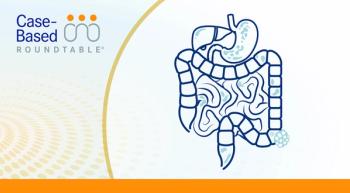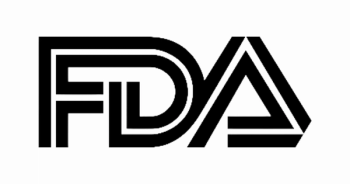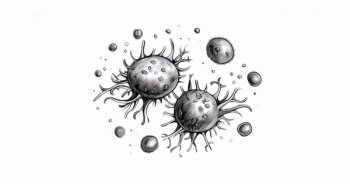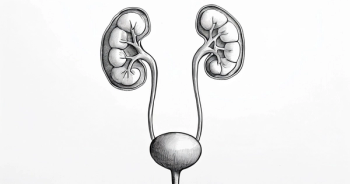
Targeted Therapies in Oncology
- December II, 2024
- Volume 13
- Issue 16
- Pages: 55
Repurposed Drugs Pose an Ethical Challenge for Physicians
Knowing whether repurposing old drugs helps patients with cancer is important, but it will take a concerted investment by public entities such as the National Institutes of Health to make this happen.
I RECENTLY SAW a patient who is often interested in complementary and alternative therapies. She asked me about taking propranolol to help lower the risk of her cancer returning. She brought with her multiple research articles discussing the ways it might be beneficial, which, admittedly, I was ignorant of. The hypothesis is that propranolol’s β-adrenergic antagonistic effects mitigate the effects of catecholamines, which can increase VEGF to promote angiogenesis and increase invasiveness and cell migration.
Although this is interesting, like many other studies looking at nonstandard therapies, the studies are either preclinical or were used in a relatively small number of patients. Drugs such as propranolol are inexpensive and usually safe with well-known and manageable adverse effects. Using it in an adherent patient would not be difficult, but I need to know if it will truly help the patient.
The concept of repurposing old drugs is not new, and interest in different drugs seems to come and go. Other drugs I have been asked about over the years include metformin, atorvastatin, mebendazole, doxycycline, and nonsteroidal anti-inflammatory drugs. A recent article (with 504 references!) published in Signal Transduction and Target Therapy explored many of these interventions, their potential mechanism of action, and the current understanding of their benefits.1 I also came across a YouTube video by The Economist about a woman with metastatic breast cancer who was told she only had “5 years to live.”2 She was convinced that a regimen of repurposed drugs taken while on standard therapy is why she is still alive. She discounts the effect of standard therapy, but we all have had patients who have had better than expected or even spectacular responses. Hers is likely a case of post hoc bias where an improvement is attributed to an intervention but has nothing to do with it. Unfortunately, this fallacy is common in health care.3
Currently, using repurposed drugs puts physicians in an ethical conflict. On the one hand, these are inexpensive drugs with usually tolerable and manageable toxicities, so the overall financial and health care cost is low. Even a small benefit might be worth it. On the other hand, there isn’t definitive proof of benefit, which means any toxicity would be too much. I have also seen many patients who were taking these drugs for other indications end up with a cancer diagnosis, which makes me skeptical that they have any effect.
The favorite criticism out there is that Big Pharma is suppressing the benefit of these drugs because they cannot make a profit. As Peter Kolchinsky indicated in his book, The Great American Drug Deal, inexpensive drugs have already paid off their investments and now belong in the public domain.4 So yes, pharmaceutical manufacturers are reluctant to invest in these drugs because the studies needed to prove benefits would be large and expensive. Knowing whether repurposing old drugs helps patients with cancer is important, but it will take a concerted investment by public entities such as the National Institutes of Health to make this happen.
REFERENCES
1. Xia Y, Sun M, Huang H, Jin WL. Drug repurposing for cancer therapy. Signal Transduct Target Ther. 2024;9(1):92. doi:10.1038/s41392-024-01808-1
2. Thiscouldchangethewaycanceristreated.TheEcono- mist. June 1, 2019. Accessed October 7, 2024. https://www. youtube.com/watch?v=2-YrZMIK37U
3. Redelmeier DA, Shafir E. Post hoc bias in treatment de- cisions. JAMA Netw Open. 2024;7(9):e2431123. doi:10.1001/ jamanetworkopen.2024.31123
4. Kolchinsky P. The Great American Drug Deal : A New Pre- scription for Innovative and Affordable Medicines. Evelexa Press; 2020.
Articles in this issue
12 months ago
“Sky Is the Limit” for ADC Possibilities in NSCLC







































